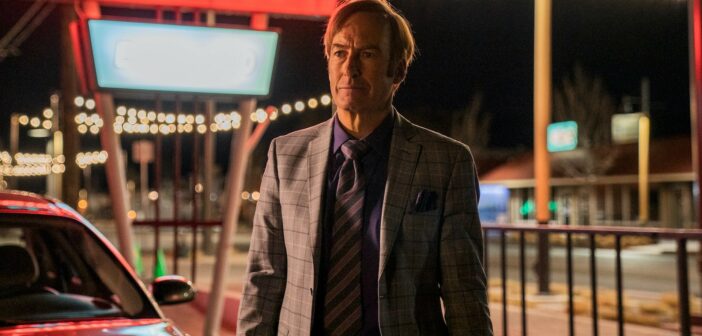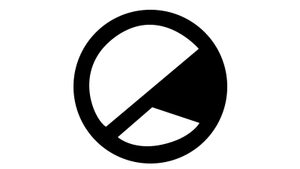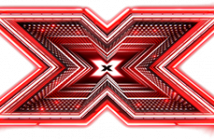With an incredible final season to wrap up, the Breaking Bad spinoff becomes an all timer.
-
10
Prequels are something that have always divided opinion and many just don’t work. Vince Gilligan and Peter Gould could have easily suffered from their own success in their follow up to Breaking Bad, which is considered by many to be the greatest television show ever made, having not lost any of its cultural relevance or critical acclaim. They had the difficulty here, of being tasked with making something tense and exciting, when viewers of the show know exactly where a lot of characters will end up, and the new characters introduced could have easily predictable futures as they aren’t present in Breaking Bad. However, what they have created here in six seasons, will be just as revered as their first show.
There are essentially three timelines at play during this season. The standard Better Call Saul prequel timeline which we have become accustomed to for five seasons already, the Breaking Bad timeline and the black and white post-Heisenberg world. This season is all about devastating consequences and there are many gut-wrenching scenes for the characters of this world. The episode ‘Fun and Games’ (which is anything but) sees the aftermath of tragedy on Jimmy and Kim, leading to the final straw that causes him to lose himself in the entity of Saul Goodman. As well as reflective scenes with Mike and Gus depicting their inner turmoil.
Breaking Bad was cinematic, but Better Call Saul has the finest cinematography I’ve seen in television and is a wet dream for anybody who is fond of parallels and reoccurring shots. In an age where people are often distracted by their phones, especially at home, Better Call Saul rewards the attention of its viewers with beautiful visual storytelling. You simply cant turn away! Perhaps my favourite shot of the entire series occurs in the penultimate episode ‘Waterworks’, in which a horrified Gene sees he has been found, as we see the reflection of the classic Saul commercial in his glasses, expertly being the only piece of colour in the frame.
What this show has done so well is not only make us love the preexisting characters even more, but introduced us to new ones like Kim, Nacho and Howard, that we care for just as much. How the Emmys saw Michael Mando’s “you think of me” speech in ‘Rock and Hard Place’, as well as his phone call with his father, and didn’t nominate him baffles me. Meanwhile, Tony Dalton returns as the main antagonist as the formidable Lalo Salamanca, which cements him as my favourite villain of this universe after Gus. The first half of the season has a foreboding sense throughout it as we wonder when he will come back and what he will do.
The standard Better Call Saul timeline is wrapped up sooner than expected, leaving four more episodes which essentially switch back and fourth between Saul’s interactions during Breaking Bad and Genes schemes with new accomplice, Jeff. This leads to some exciting cameos from Bryan Cranston and Aaron Paul, who return as their iconic characters Walter White and Jesse Pinkman. However, these are not simple drive-by cameos intended to make you point at the screen in excitement just for the sake of it. They serve Saul’s story and character arc. It’s almost frightening how easily Cranston slips back into two completely different stages of Heisenberg in these episodes. With one being the cautious chemistry teacher who first meets Saul in season 2 of Breaking Bad and the other the deluded and deranged drug lord from its final season.
One of the biggest compliments I can give to this show is that it doesn’t just act as a great partner for Breaking Bad, but it makes you rethink that entire show. The comic relief character from the high octane adrenaline-fueled madness of Breaking Bad is transformed here into one of the most depressing and tragic character studies ever put to screen. Spearheaded by Odenkirk, who goes up another level in this final season, somehow, the show’s creators managed to make the introduction of the final stage of Saul Goodman feel cold and hopeless. For me, Saul is the face of this universe and, like he admits himself in ‘Saul Gone’, he was essentially the puppet master of Walter White and unleashed the monster of Heinsenberg.
The first five seasons of this show were fantastic, but this conclusion elevates its legacy to the point where it certainly has a seat at the table with the likes The Sopranos, Mad Men and of course its parent show, Breaking Bad. Countless images and scenes are seared into my mind. This is truly one of the best seasons of television ever made.






